(Note: I took a 15-month break from my blog, but am now resuming the story of our travels.)
We preciously visited the Pima Air & Space Museum in 2015; here is a link to the post I wrote about it then windsofdestiny-rvlife.blogspot.com/search?q=PIMA+AIR+AND+SPACE.
At the entrance is this rock, metal and fiberglass sculpture, Beauty of Flight. The aircraft are three models of the Northrop-McDonnell Douglas YF-23 prototype single-seat, twin engine, aircraft (designed for the US Air Force).
This was the first visit for our friends, Liz and Mike. So, here are some highlights.
This is the largest, non-government funded, air and space museum with approximately 300 aircraft on display on 80-acres of a 127-acre campus. All funding comes from admission and tour fees, profits from the gift shop and restaurant, as well as charitable giving and benefactors.
Four hangars, the Space Gallery, and 390th Museum provide 250,000 square feet of indoor display. We began our visit in the Main Hangar. Here are some of the aircraft I found interesting (be sure to look up to see all of the aircraft hanging from the ceiling if you visit).
The Lockheed SR-Blackbird was a stealthy, long-range (3,200 mi), high altitude (85,000’), fast (Mach 3.2) reconnaissance aircraft.
The Grumman F-14A Tomcat (made famous by the movie “Top Gun,” went into service in 1974. It was used for combat missions late in the Vietnam War and provided cover over Saigon during the American evacuation.
The best-known helicopter during the Vietnam War was the Bell-UH IC Iroquis (Huey). A heavily armed gunship with two door gunners (with M-60s), it was used as armed escort as well as for troop insertions and extractions. John says, from a grunt’s point of view, the Hueys (and their pilots) were life-savers!
During World War II, my dad was a turret gunner, so I am always interested in learning more about these crazy bubbles on the underside of the aircraft. They were equipped with two M-50s. Always grateful that he survived!
Japanese aircraft used for the 106 kamikaze missions is shown below.
I found these kamikaze statistics shocking…so much damage by 106 pilots.
- Allied ships destroyed: 47
- Allied ships damaged: 368
- Allied troops lost: 4,900
- Allied wounded: 4,800+
- Japanese troops lost: 3,913
In addition to aircraft, other wartime vehicles are displayed. Below is a jeep (Vietnam era) as well as a tractor (Cleveland Tractor Company M2 Medium High-Speed Tractor). The tractor was used to move aircraft and heavy equipment from 1943 until the Korean War.
A modified Boeing 2B-29 Superfortress carried the EDO Airborne Lifeboat. On search and rescue missions (Korean War) the boat would be parachuted to survivors in the water below. It could carry 15 survivors and rescue supplies (food, water, radio, and a 4-cyclinder gas engine) were included in the lifeboat.
The 390th Museum showcases the Boeing B-17 and the impressive contributions made by the 390th to the Allied victory in WWII.
The first Boeing B-17 bomber was built in 1935. Five design modifications occurred (Models A-E) and 645 models were built. Two more later modifications (Models F and G) were primarily used in WWII (11,850 models built). With a range of 2,000 mi, the plane could carry 18,000 lbs of bombs.
The map below identifies the 390th Bomb Group combat targets from August 1943 to April 1945 (301 missions). Industrial sites were targeted to slow down production of the Nazi war machine and disrupt troop movements.
We spent some time exploring the outdoor displays (80 acres with 150 aircraft).
Honestly, there is so much to see here, you could spend an entire day and not see it all. We enjoyed our second visit as much as the first!
Food is available at the Flight Grill. And leashed pets are permitted outside and in the hangars. Admission is $18.75/seniors ($22/adults). Highly recommend!
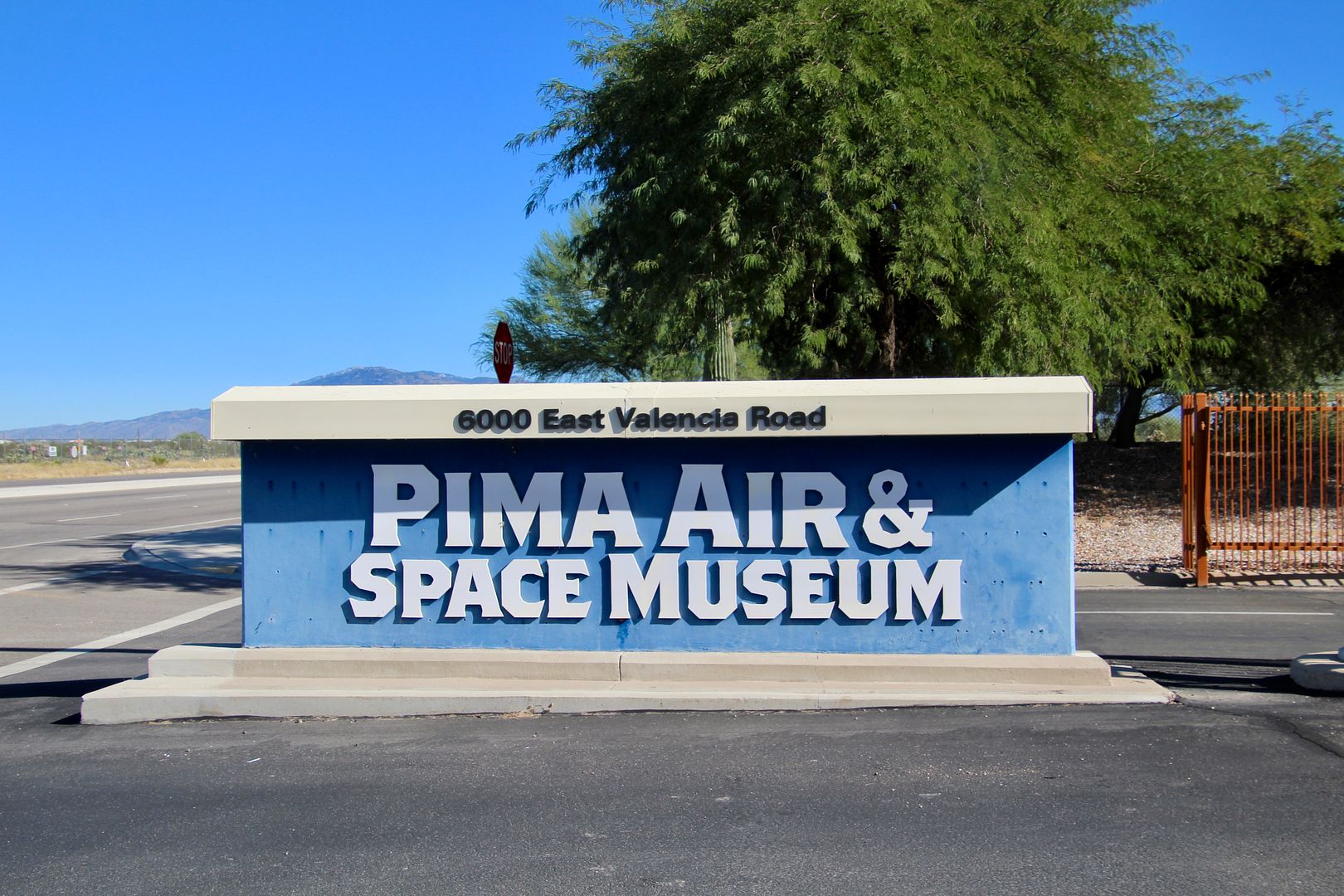
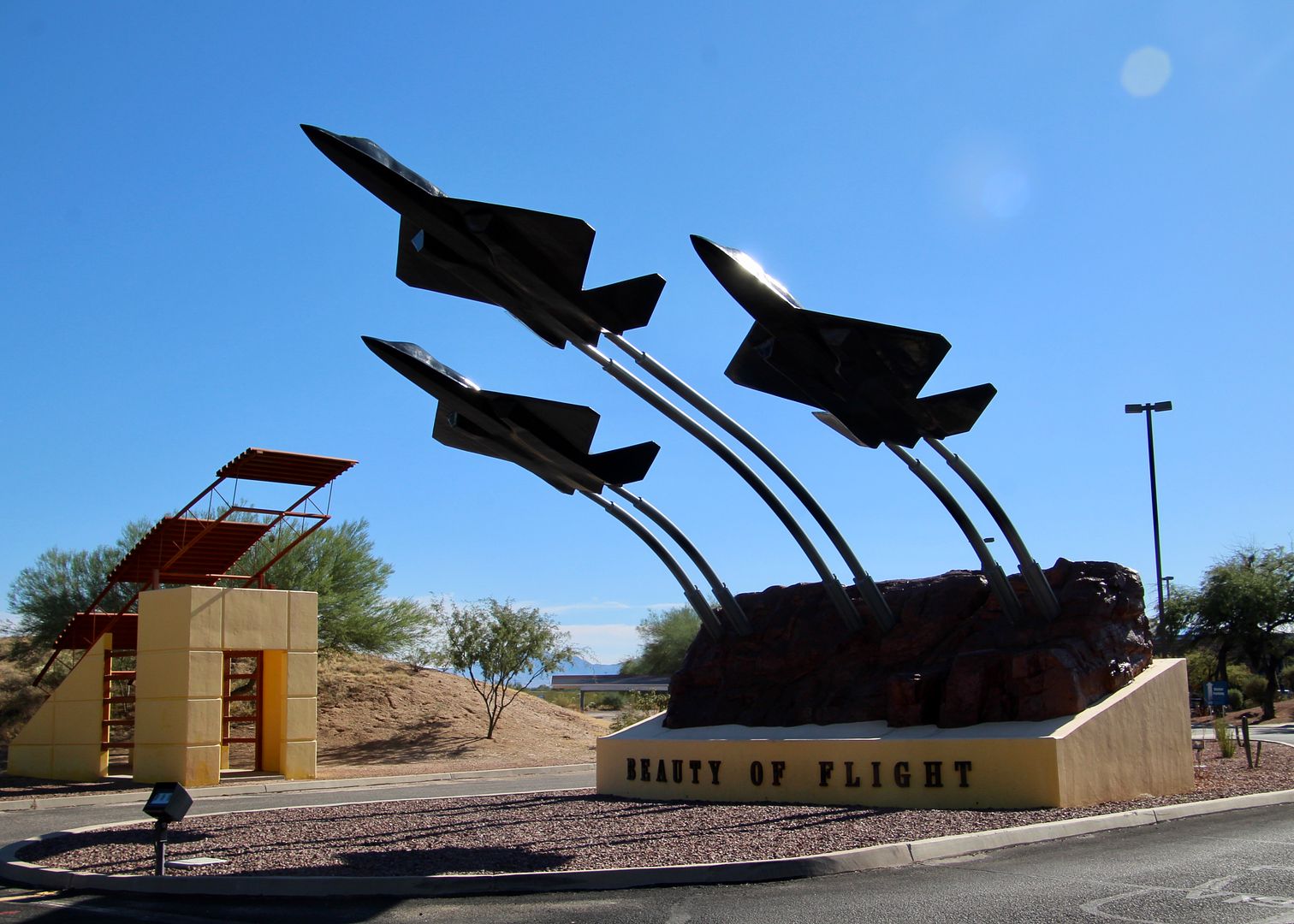
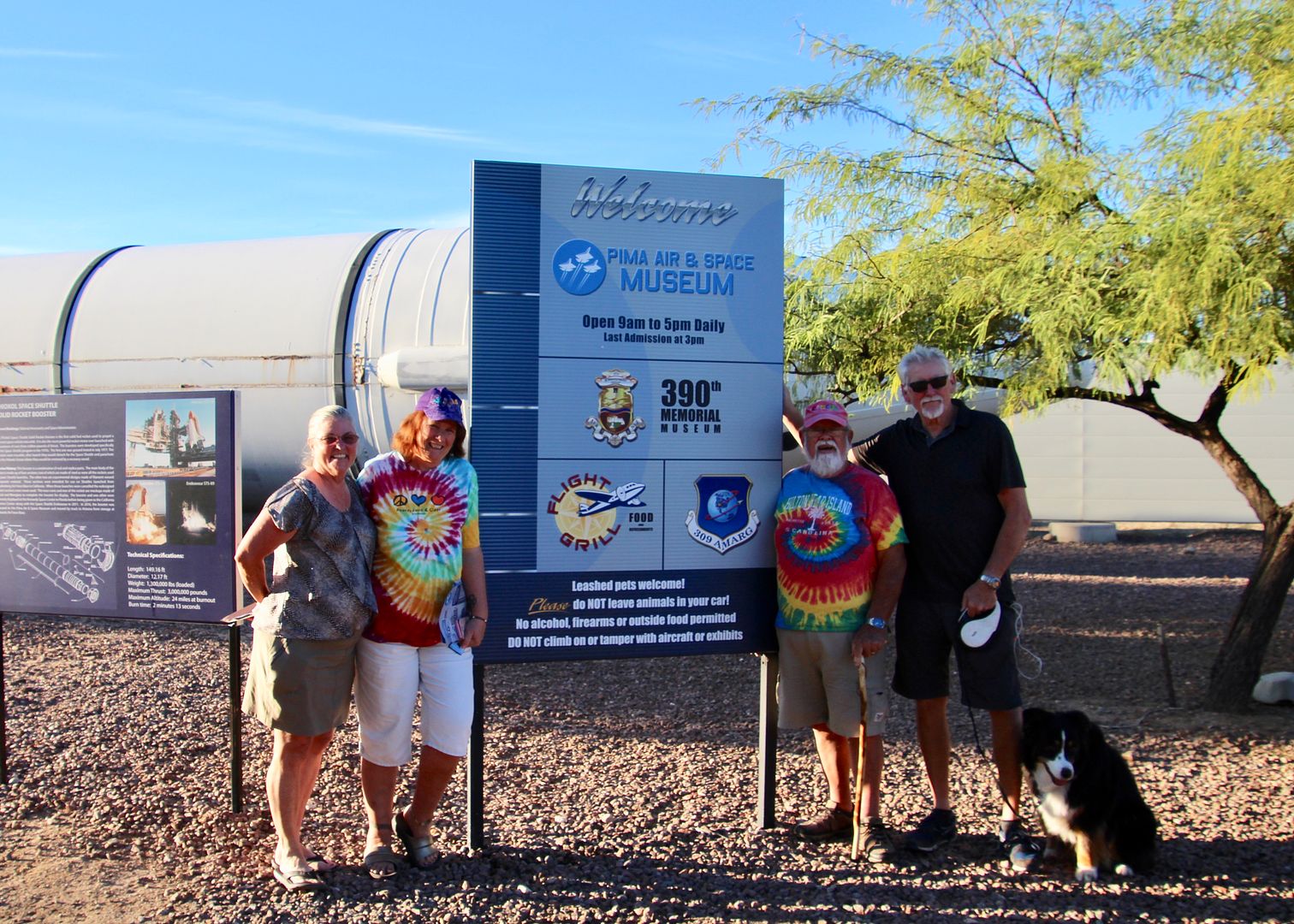
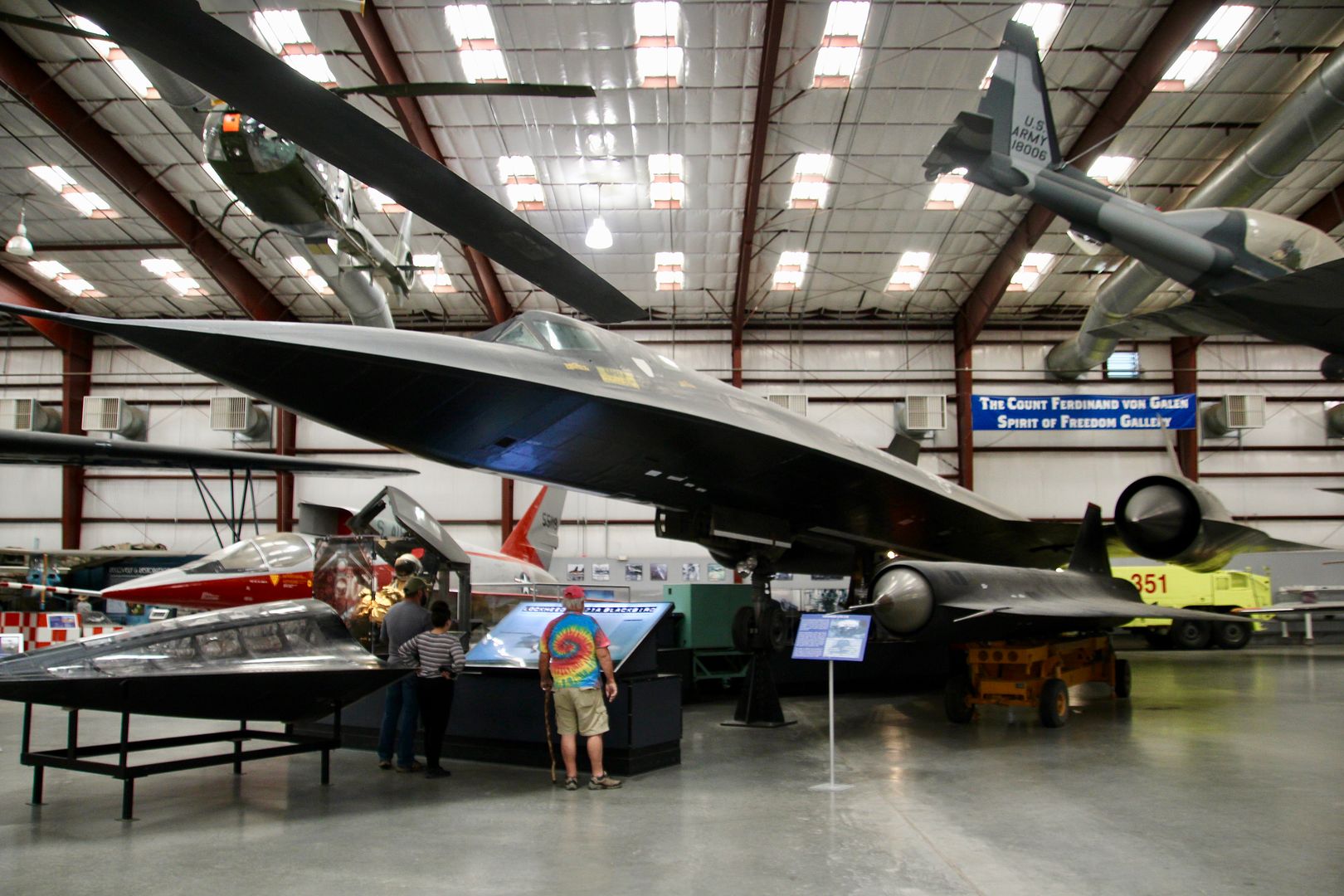
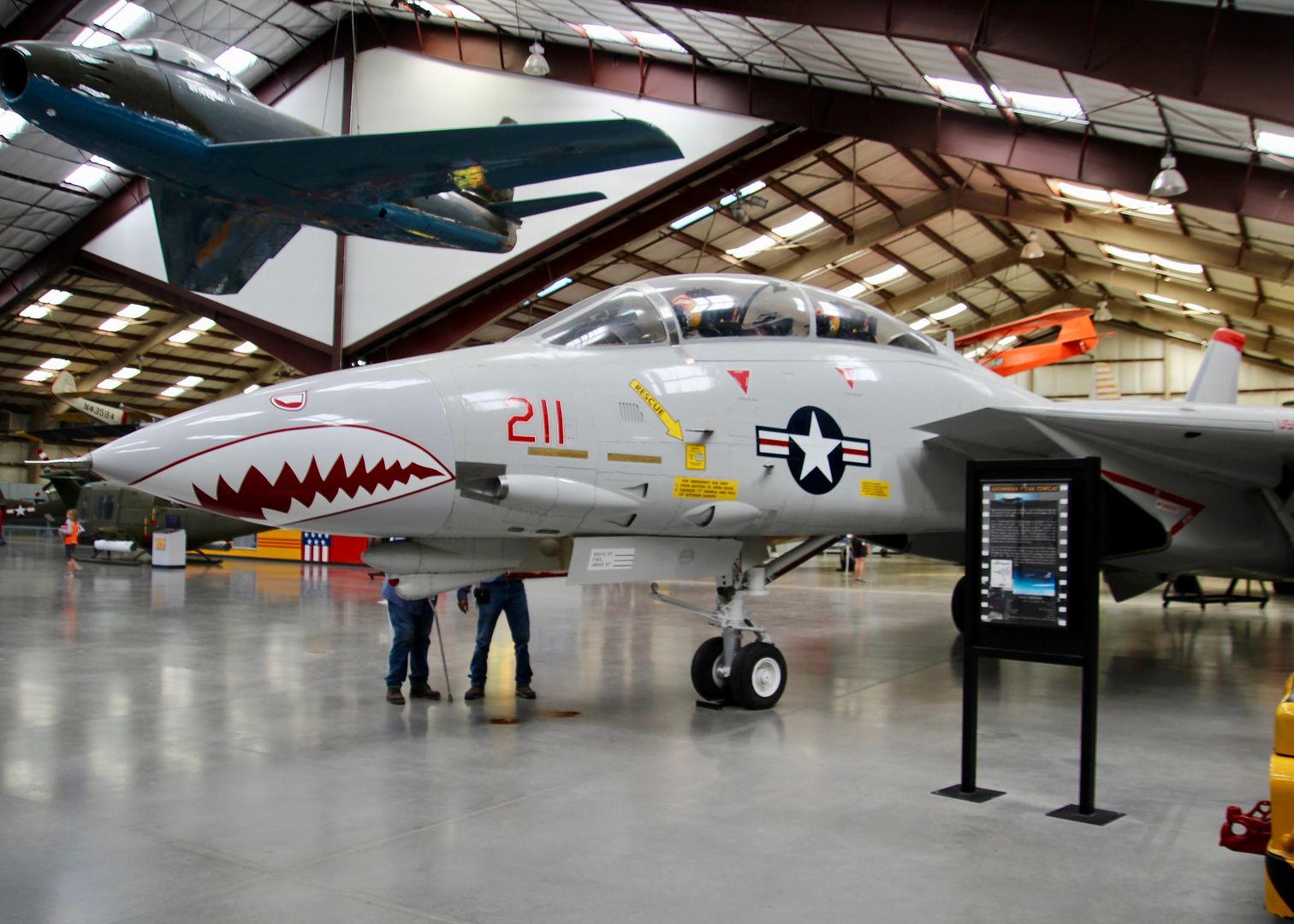


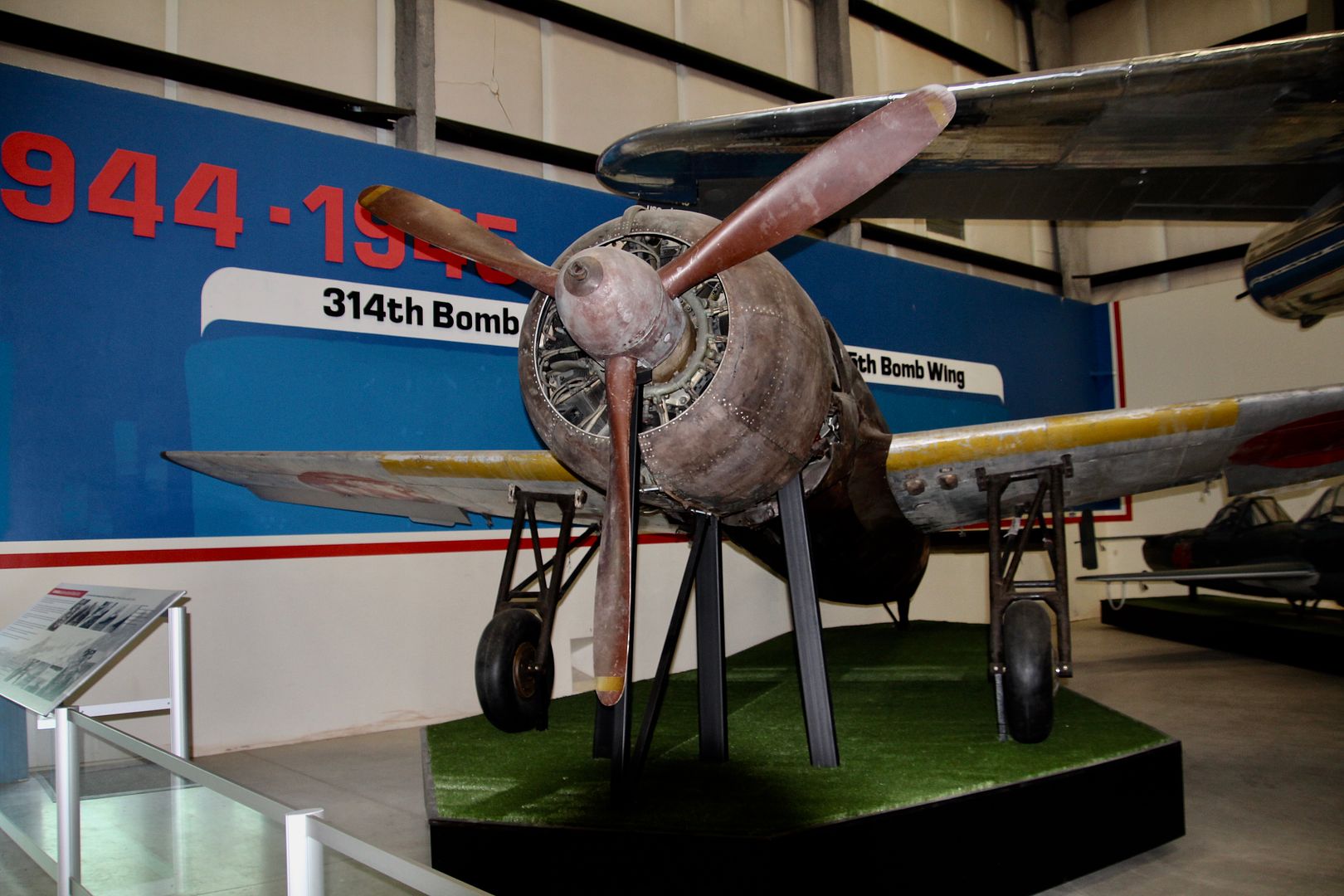
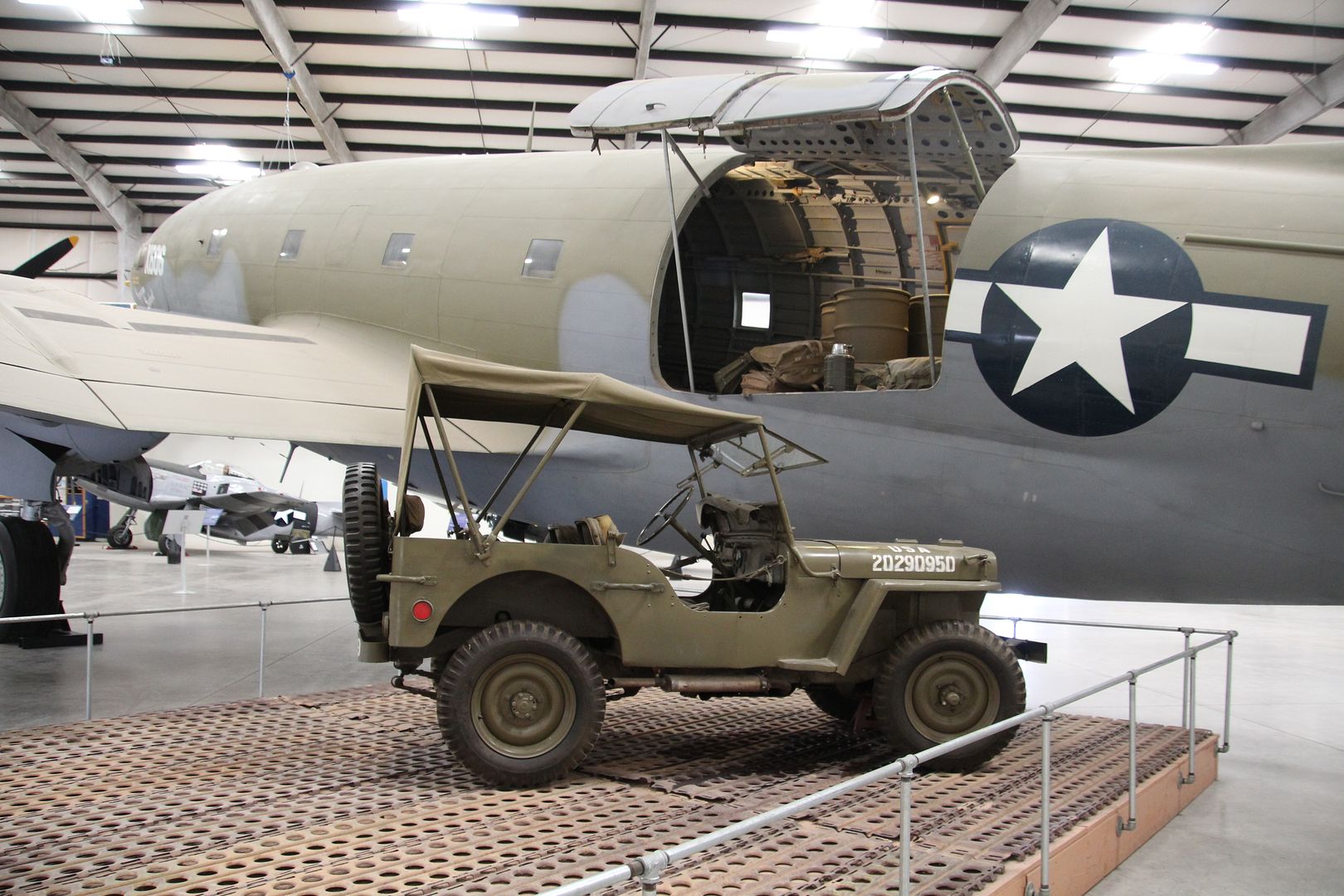

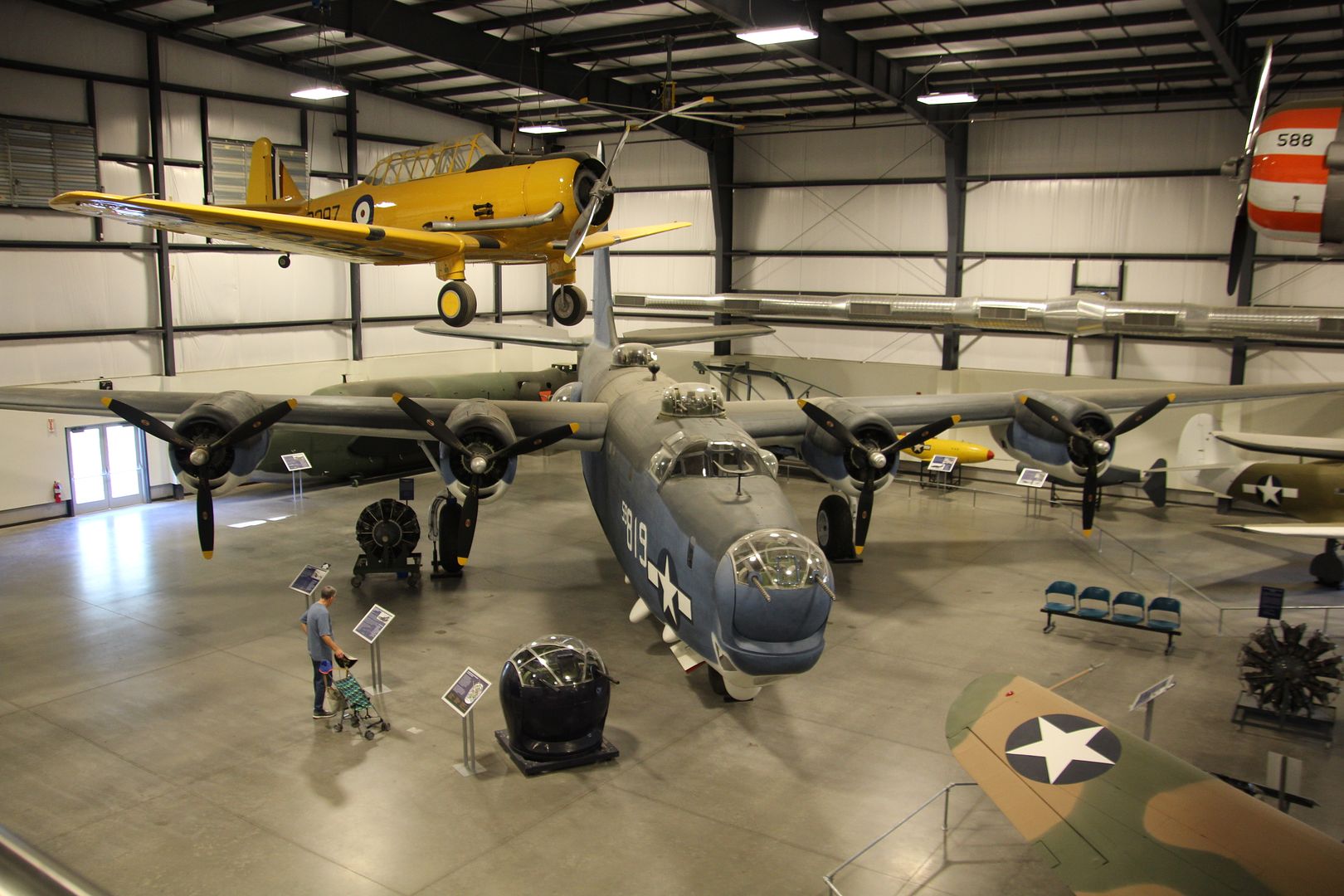
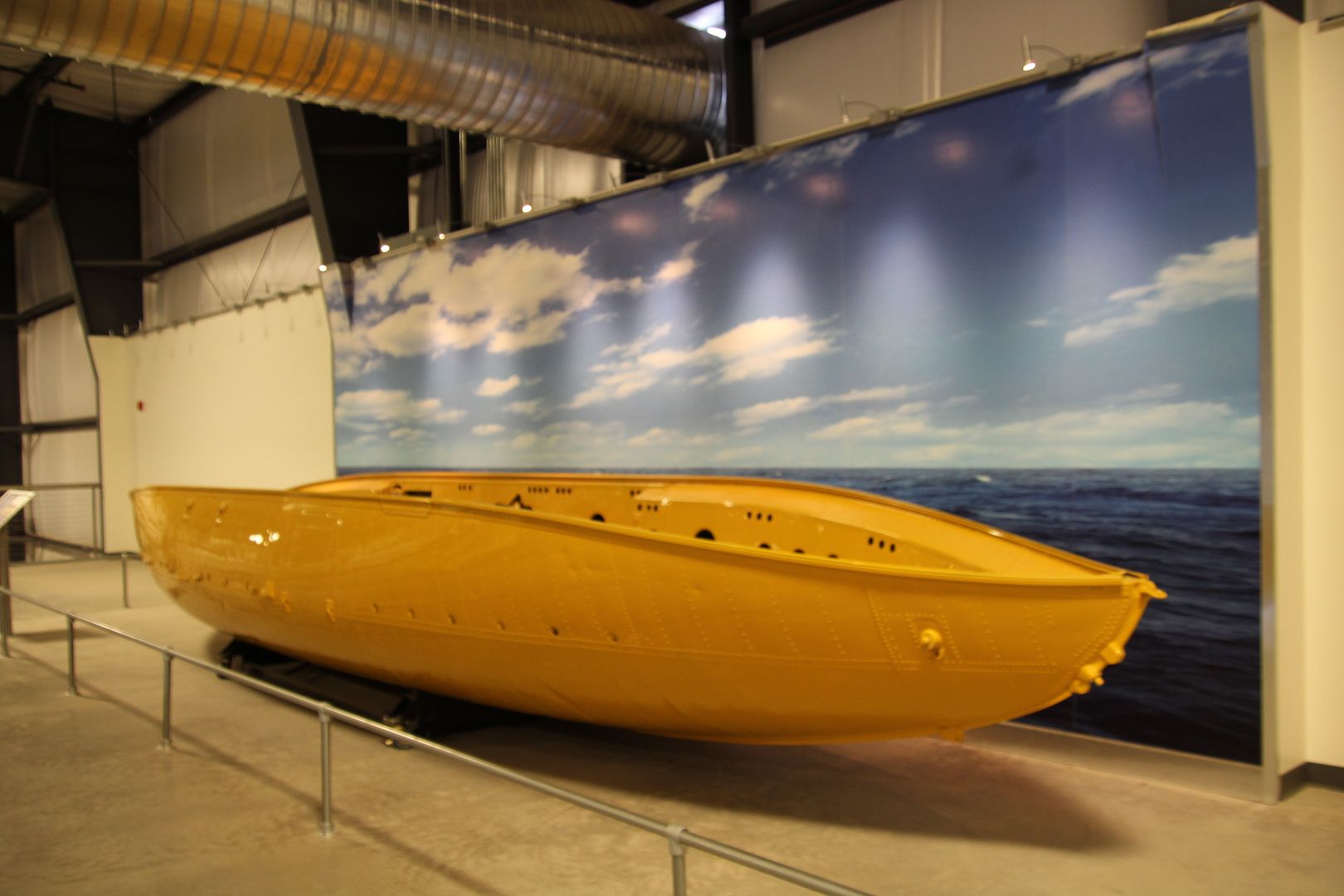
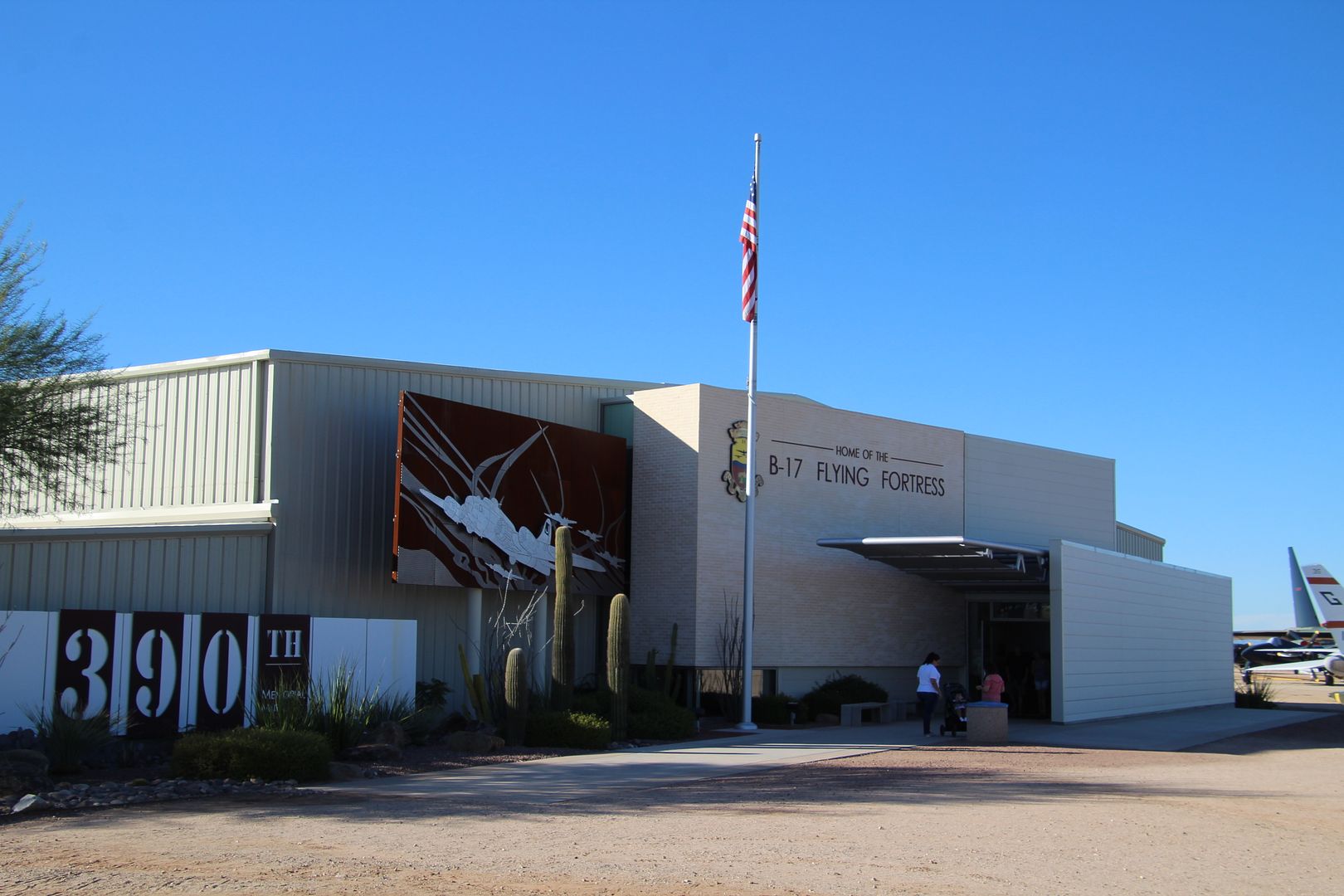
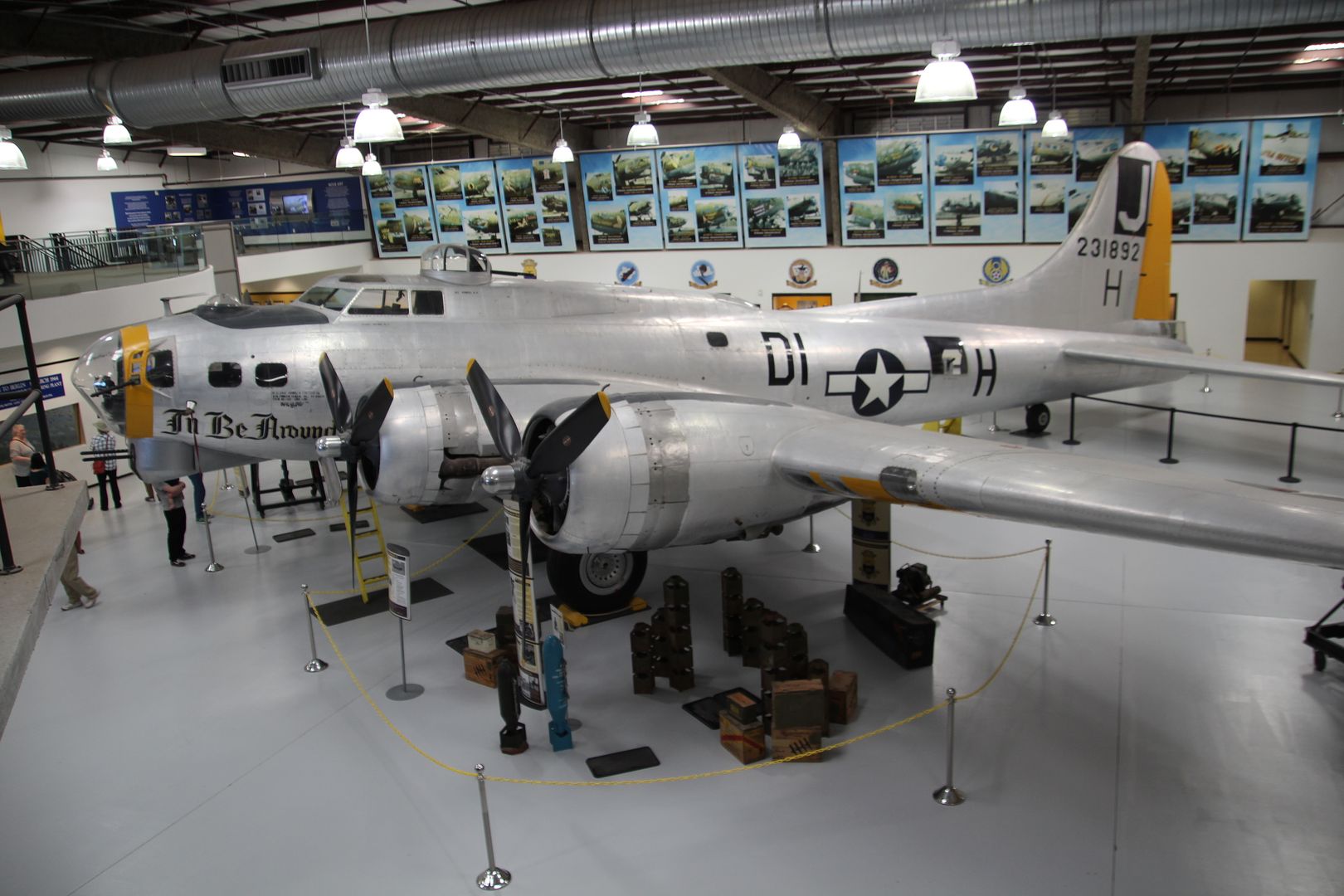

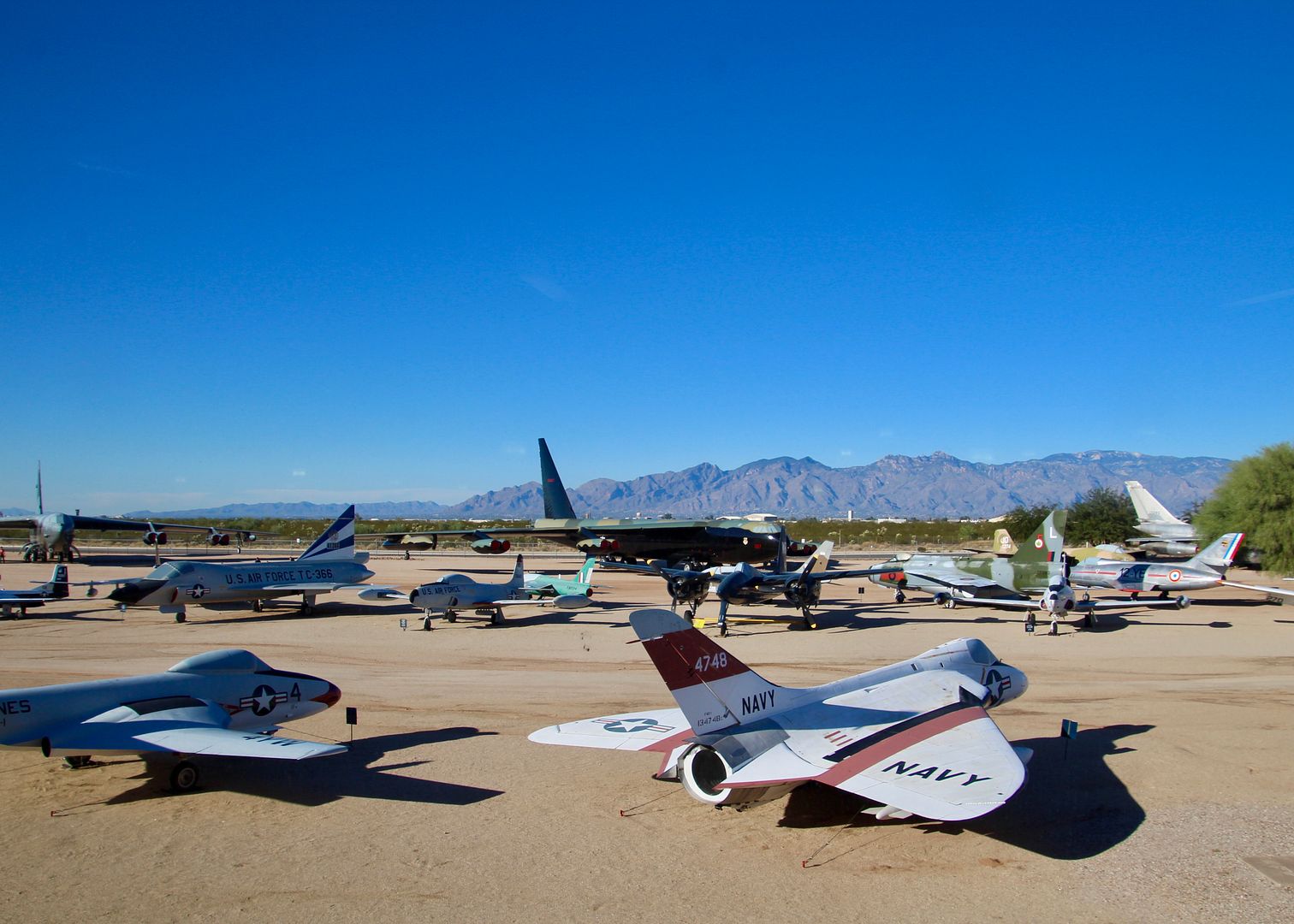

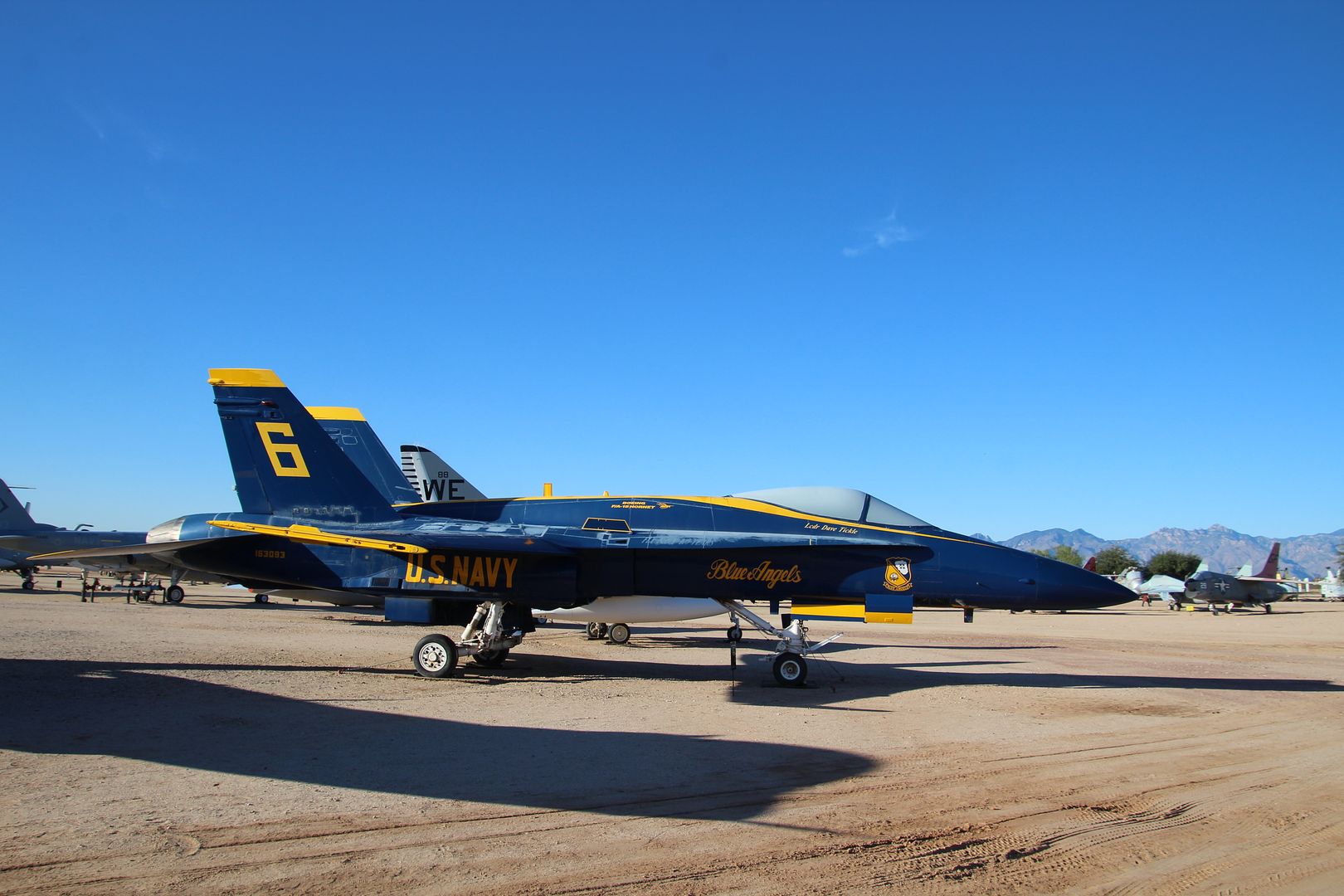
No comments:
Post a Comment